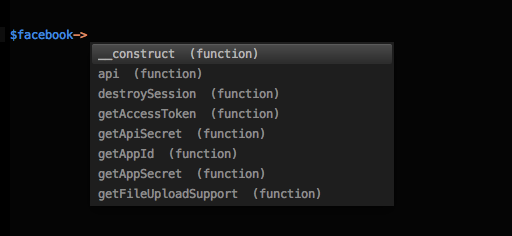Rewriting Basics
URL rewriting is the process of creating a URL that is friendly for users to look at, type, and share and is usually referred to as a pretty URL. URL rewriting allows you to take query parameters and add them to the URL instead of after the ? in the URL. more…


